Market Share
Introduction: Navigating the Competitive Landscape of Aseptic Packaging
The aseptic packaging market is undergoing a transformative change, driven by the rapid technological uptake, evolving regulatory frameworks and increasing consumer awareness of food safety and sustainability. A host of players, including original equipment manufacturers, IT systems integrators and innovators, are vying for market leadership by deploying advanced technology, such as AI-based data analysis, automation and the Internet of Things. These technology-driven differentiators not only improve the efficiency of operations but also provide real-time data that enables companies to respond quickly to market demands. The industry is also being transformed by the growing focus on sustainable and green technology. This has created opportunities in the Asia-Pacific and North American markets, where the strategic deployment of these new technologies is aimed at strengthening supply chains and meeting the most stringent regulatory requirements. The ability to understand the momentum and positioning of the various vendors will be vital for senior management and strategic planners looking to capitalize on the evolving landscape.
Competitive Positioning
Full-Suite Integrators
These vendors offer comprehensive solutions encompassing various aspects of aseptic packaging, from design to production.
| Vendor | Competitive Edge | Solution Focus | Regional Focus |
|---|---|---|---|
| Tetra Pak International S.A. | Strong brand recognition and innovation | Aseptic processing and packaging | Global |
| AMCOR PLC | Diverse product portfolio and sustainability focus | Flexible and rigid packaging solutions | Global |
| SIG Combibloc Group Ltd | Advanced technology in carton packaging | Aseptic carton packaging | Global |
Specialized Technology Vendors
These companies focus on specific technologies or innovations within the aseptic packaging space.
| Vendor | Competitive Edge | Solution Focus | Regional Focus |
|---|---|---|---|
| Greatview Aseptic Packaging Co., Ltd | Cost-effective solutions with high quality | Aseptic packaging materials | Asia, Europe |
| ELOPak group | Sustainable packaging solutions | Aseptic packaging systems | Europe, Asia |
| DuPont | Innovative materials and technologies | Packaging materials and solutions | Global |
Infrastructure & Equipment Providers
These vendors supply the machinery and infrastructure necessary for aseptic packaging production.
| Vendor | Competitive Edge | Solution Focus | Regional Focus |
|---|---|---|---|
| Krones AG | Comprehensive production line solutions | Beverage and food packaging equipment | Global |
| Sealed Air Corporation | Focus on protective packaging solutions | Packaging equipment and materials | Global |
| Berry Global Inc | Wide range of packaging solutions | Rigid and flexible packaging | North America, Europe |
Material Suppliers
These vendors provide essential materials used in the production of aseptic packaging.
| Vendor | Competitive Edge | Solution Focus | Regional Focus |
|---|---|---|---|
| Schott AG | High-quality glass and packaging solutions | Glass packaging and materials | Global |
| Printpack | Customizable packaging solutions | Flexible packaging | North America |
| Liquibox | Innovative bag-in-box solutions | Flexible packaging solutions | Global |
Sustainability-Focused Vendors
These companies emphasize sustainable practices and materials in their packaging solutions.
| Vendor | Competitive Edge | Solution Focus | Regional Focus |
|---|---|---|---|
| Ecolean ab | Lightweight and eco-friendly packaging | Aseptic packaging solutions | Europe, Asia |
| Goglio s.p.a | Focus on sustainable packaging innovations | Flexible packaging solutions | Europe |
| International Paper | Sustainable paper-based packaging solutions | Paper packaging materials | North America, Europe |
| Westrock Company | Integrated packaging solutions with sustainability | Paper and packaging solutions | North America, Europe |
| Sonoco Products Company | Diverse sustainable packaging options | Protective and flexible packaging | Global |
Emerging Players & Regional Champions
- Ecolean, Sweden, specializes in lightweight aseptic packaging made from renewable materials. It recently won a contract with a major European dairy manufacturer and is competing with the established suppliers by focusing on sustainability and reducing the carbon footprint.
- It is a long-established company that has recently developed into a leading regional supplier through its innovations in digitalization and smart packaging. Its customers benefit from improved operational efficiency and a complement to traditional packaging methods.
- SIG Combibloc, Germany, a pioneer in aseptic packaging, with a focus on the environment and recyclability, has recently built a new beverage production line in Asia and is competing with its competitors by emphasizing the environment.
- Mondi Group (Austria): Aseptic packaging with emphasis on barrier properties and shelf-life extension, recently teamed up with a food manufacturer in Eastern Europe, offering a bespoke solution tailored to local needs.
- Sealed Air (USA): Known for their aseptic packaging technology in the food sector, they recently launched a new product line aimed at the Asian market, challenging traditional packaging methods with their advanced technology.
Regional Trends: In 2024, the trend towards sustainable packaging and the use of biodegradable materials is very strong in Europe and North America. In Asia, on the other hand, there is a great need for longer shelf-life and food safety, which creates a demand for more advanced aseptic technology. Also, the use of digitalization and smart packaging is becoming increasingly common in order to better manage the supply chain and to interact with consumers.
Collaborations & M&A Movements
- Tetra Pak and SIG Combibloc entered into a partnership to develop sustainable aseptic packaging solutions aimed at reducing carbon footprints in the beverage industry, enhancing their competitive positioning in the eco-conscious market.
- Sealed Air Corporation acquired the packaging division of a leading food manufacturer to expand its portfolio in the aseptic packaging sector, thereby increasing its market share and operational capabilities in food safety.
- Mondi Group and Nestlé formed a collaboration to innovate in recyclable aseptic packaging materials, responding to increasing regulatory pressures for sustainability in food packaging.
Competitive Summary Table
| Capability | Leading Players | Remarks |
|---|---|---|
| Sustainability | Tetra Pak, SIG Combibloc | This is the case because Tetra Pak has established a comprehensive system of waste disposal and has introduced the use of renewable raw materials, thus putting it at the forefront of the industry in terms of its sustainable development. SIG Combibloc focuses on reducing its carbon footprint through the development of new packaging solutions, such as the Pure-Pak carton, which is made from one hundred per cent renewable materials. |
| Advanced Barrier Properties | Elopak, Mondi Group | Elopak's Pure-Pak technology provides a high barrier to oxygen and light, extending the shelf-life of foods without preservatives. Mondi Group has developed high-performance barrier films that offer better protection for products while being fully recyclable. |
| Automation and Smart Packaging | Sealed Air, AptarGroup | With its IoT-enabled solutions, Sealed Air enables real-time monitoring of product conditions. Similarly, the smart dispensing solutions of Aptar Group enhance the product experience and product integrity, while demonstrating their automation leadership. |
| Customization and Design Flexibility | Ball Corporation, Amcor | Ball Corporation offers customizable packaging solutions that cater to specific customer needs, enhancing brand differentiation. Amcor provides a wide range of design options, allowing brands to create unique packaging that stands out on shelves. |
| Regulatory Compliance and Safety Standards | Crown Holdings, Smurfit Kappa | In compliance with international standards, Crown Holdings products meet the highest quality standards. Food safety and compliance with regulations are a top priority for Smurfit Kappa, and the company's customers in the food and beverage industry have confidence in the group's products. |
Conclusion: Navigating Aseptic Packaging's Competitive Landscape
The aseptic packaging market in 2024 will be characterized by intense competition and significant fragmentation, with both established and new players vying for market share. In the regions, the demand for sustainable packaging solutions is on the rise, putting pressure on suppliers to adapt and diversify their offerings. The leading companies are focusing on the distribution network and the loyalty of their customers, while the newcomers are concentrating on flexibility and cutting-edge technology. The key success factors for the future are expected to be the ability to use data from artificial intelligence to optimize operations, automation of the production process, and a focus on sustainability. Strategically, suppliers need to be able to exploit these strengths and meet the changing demands of consumers and regulators, while retaining the flexibility of their operations.

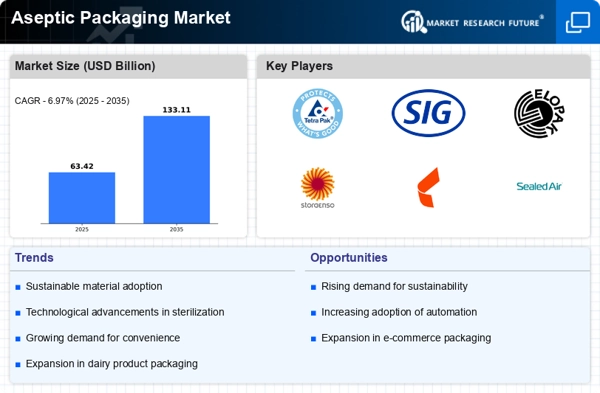
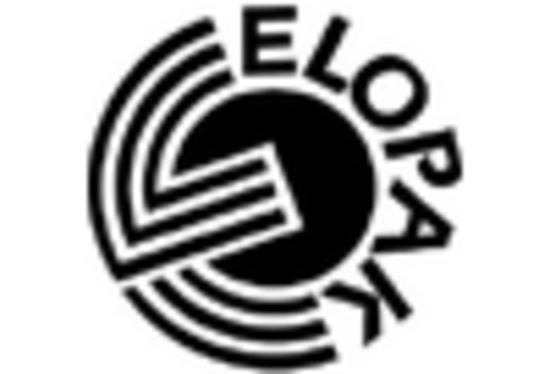
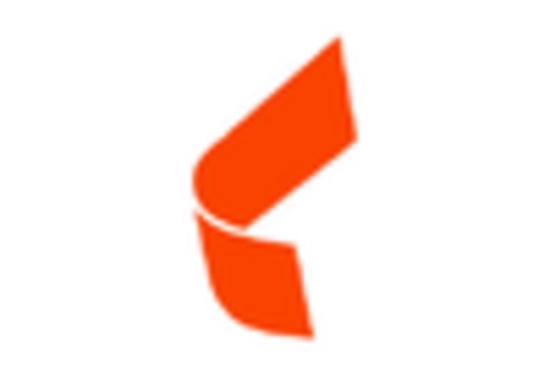
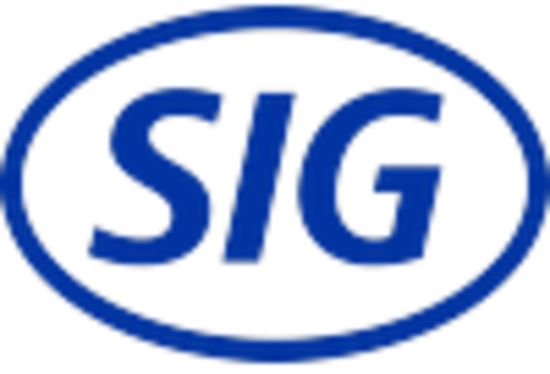
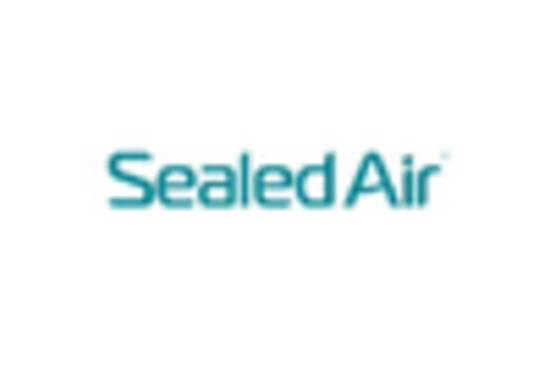
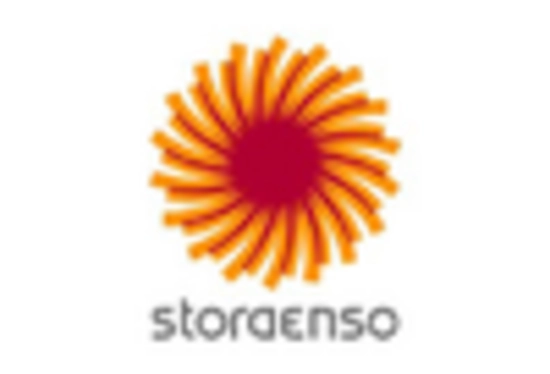
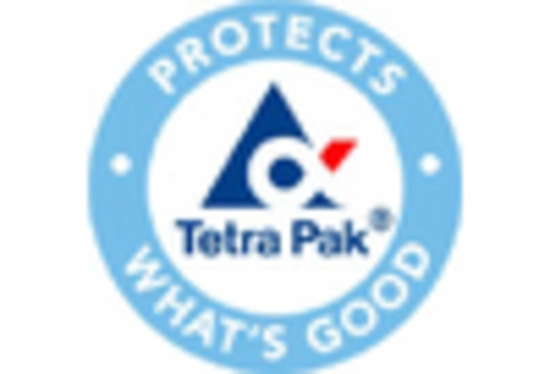









Leave a Comment